Charities of all sizes are currently facing challenges from nearly every possible direction. Meeting these challenges whilst keeping your charity operationally and financially viable is a complex proposition. How do you know what to address first? And if you attack one problem, will it cause new problems elsewhere?
It’s a tricky time to be running a charity. Financial models have been turned on their heads with the funding crisis arising from the pandemic. Trust in public bodies is low – even small local charities have seen the effects of this. A move to hybrid working means you need to re-evaluate the way you work with paid staff and volunteers. And yet the work that charities do has never been more important.
So, finding the right approach to making your charity fit for the future is actually the most critical action to take right now.
The chicken-and-egg scenario
What comes first? Reviewing your overall strategy or your operating model? Do you write the strategy first and then build your operating model around it, or do regular conversations about your current operational approach help to shape your strategy
First, let’s talk about language. Each charity has its own way of talking about this, and it’s important, both internally and externally, that everyone knows how you define those terms.
For us, the strategy is equivalent to a business strategy that we would expect a commercial organisation to use. It dictates your overall approach and what you want to achieve. What kind of charity do you want to be? How can you best deliver your services? Do you want to collaborate with other groups? What does success look like? And most importantly, what type of strategy is right for you given these uncertain times?
Your operating model is how you deliver that strategy and bring your value proposition to life for your stakeholders – the day-to-day approach to operations that makes your charity both efficient and effective.
That’s why, when we work with charities, we always start by taking a look at the current operating model. It shows us how you work and what’s important to you – and it also shows where there might be gaps or things that can be improved. Once you understand exactly what’s going on every day in your organisation, you can see what resources and systems you have and how they can inform and support your longer-term strategies in a more iterative yet deliberate way.
Getting ahead of the game
We believe that, if you concentrate on getting your operational model right, you put your charity in a great position to meet the strategic challenges we talked about earlier in this article. It requires a time investment and some forward planning – your best work is always done when you’re proactive rather than reactive. And, like other charities we have worked with, you’ll be amazed at how seemingly small changes to the way you view how you operate in a holistic and whole systems way can help you get on the right track, move your organisation forward and increase the impact you have.
If you’re interested in finding out more about how we can support you to assess, plan and make the changes you need to maintain and build your charity, contact us for a chat today – we’d be very happy to help.
(Photo by Helena Lopes on Unsplash)

